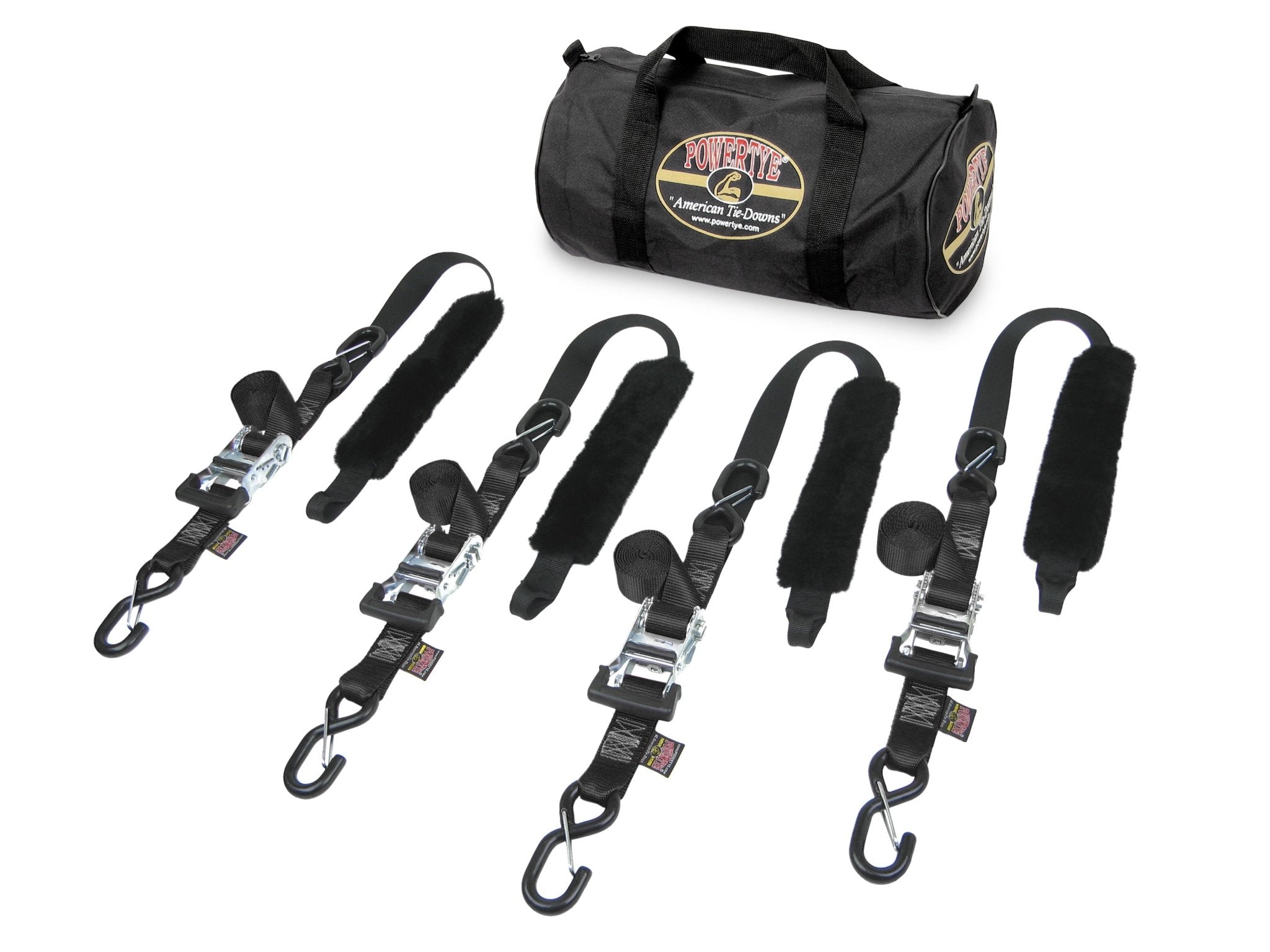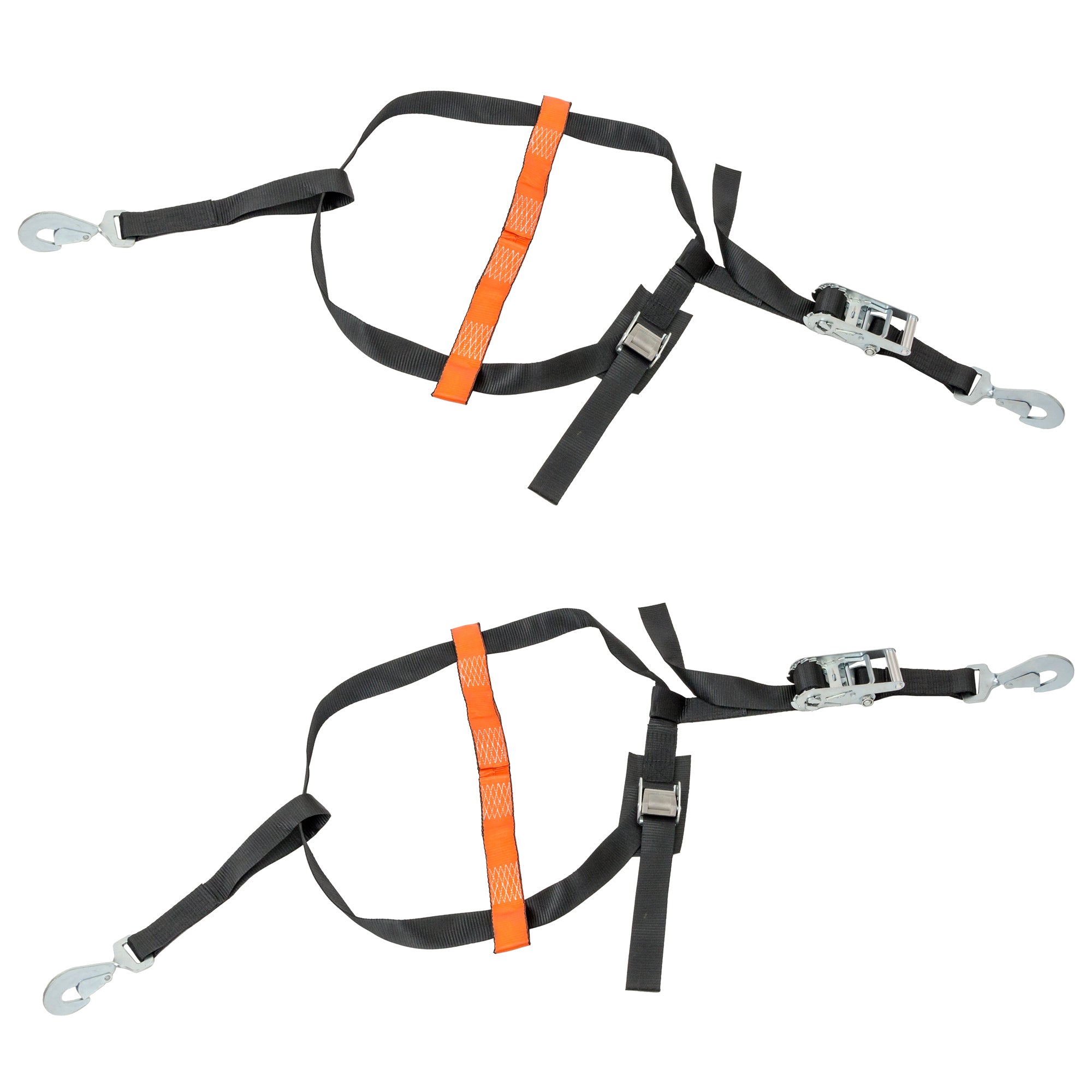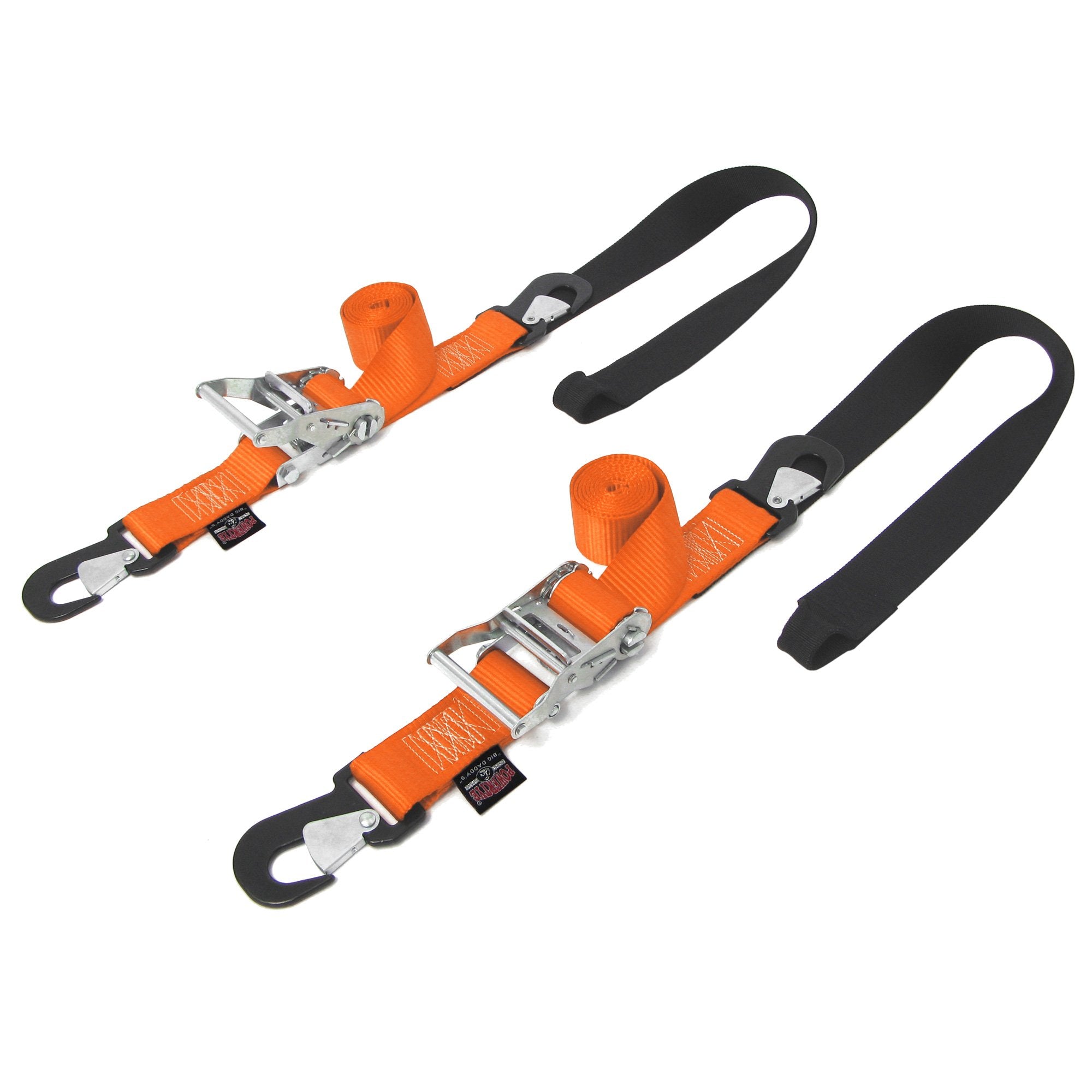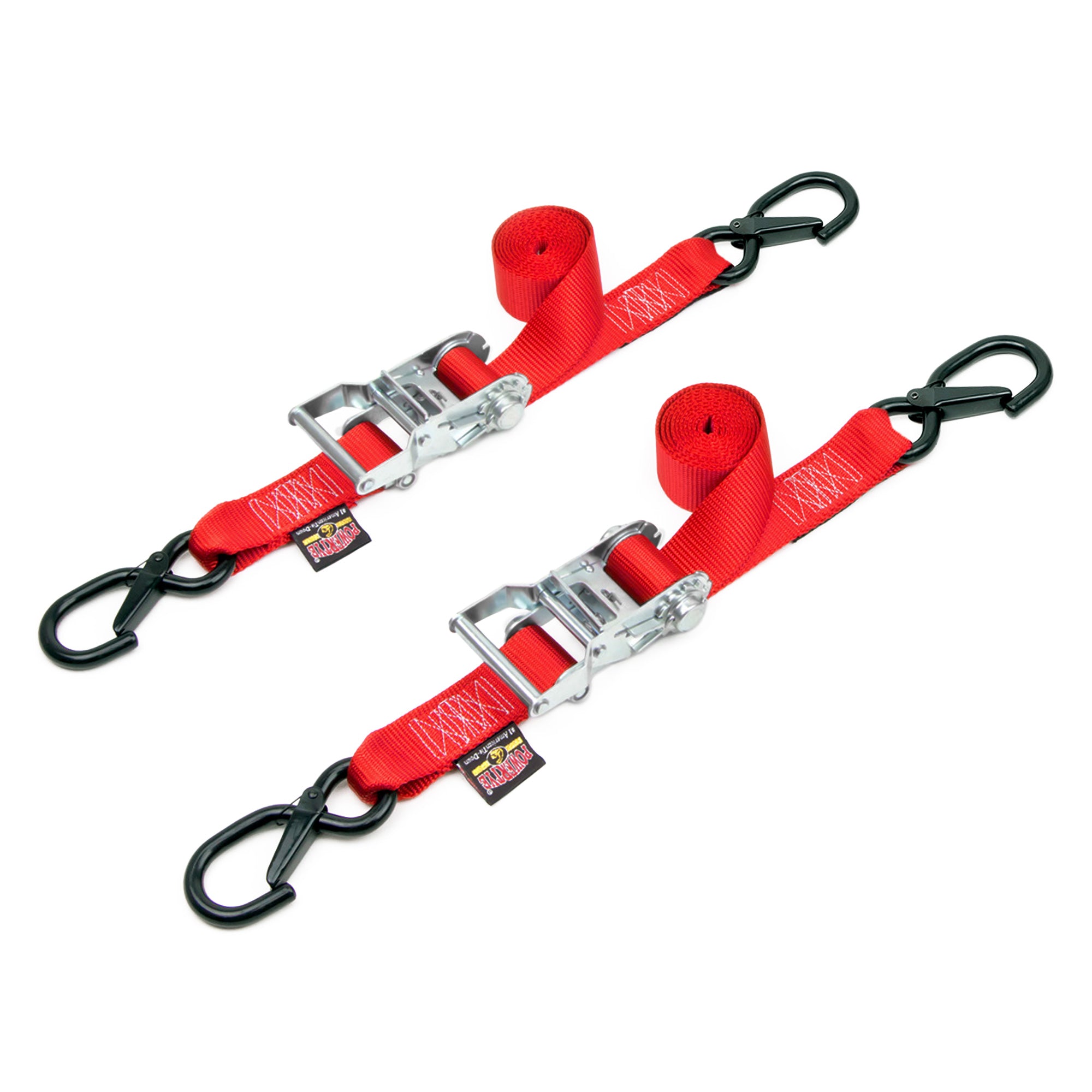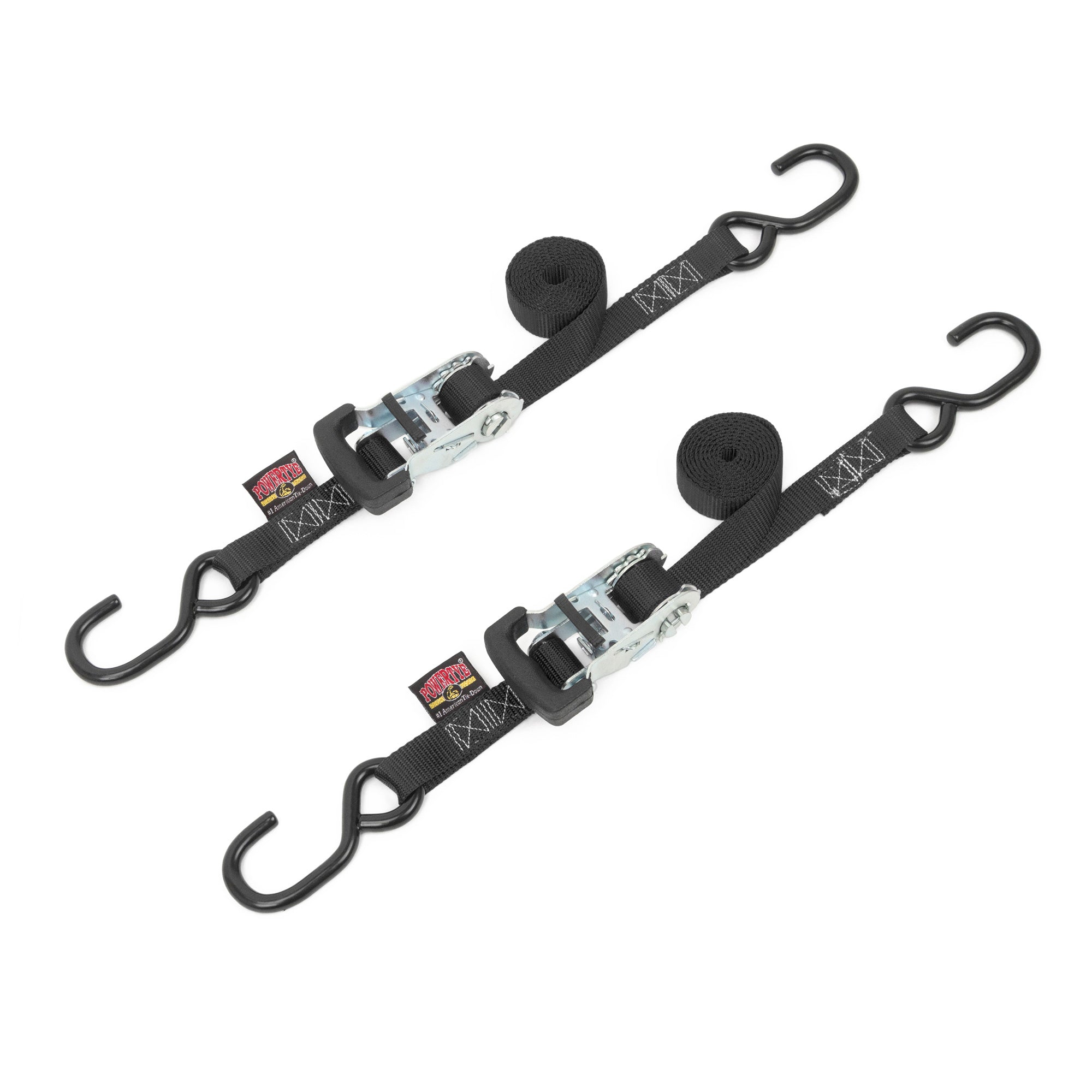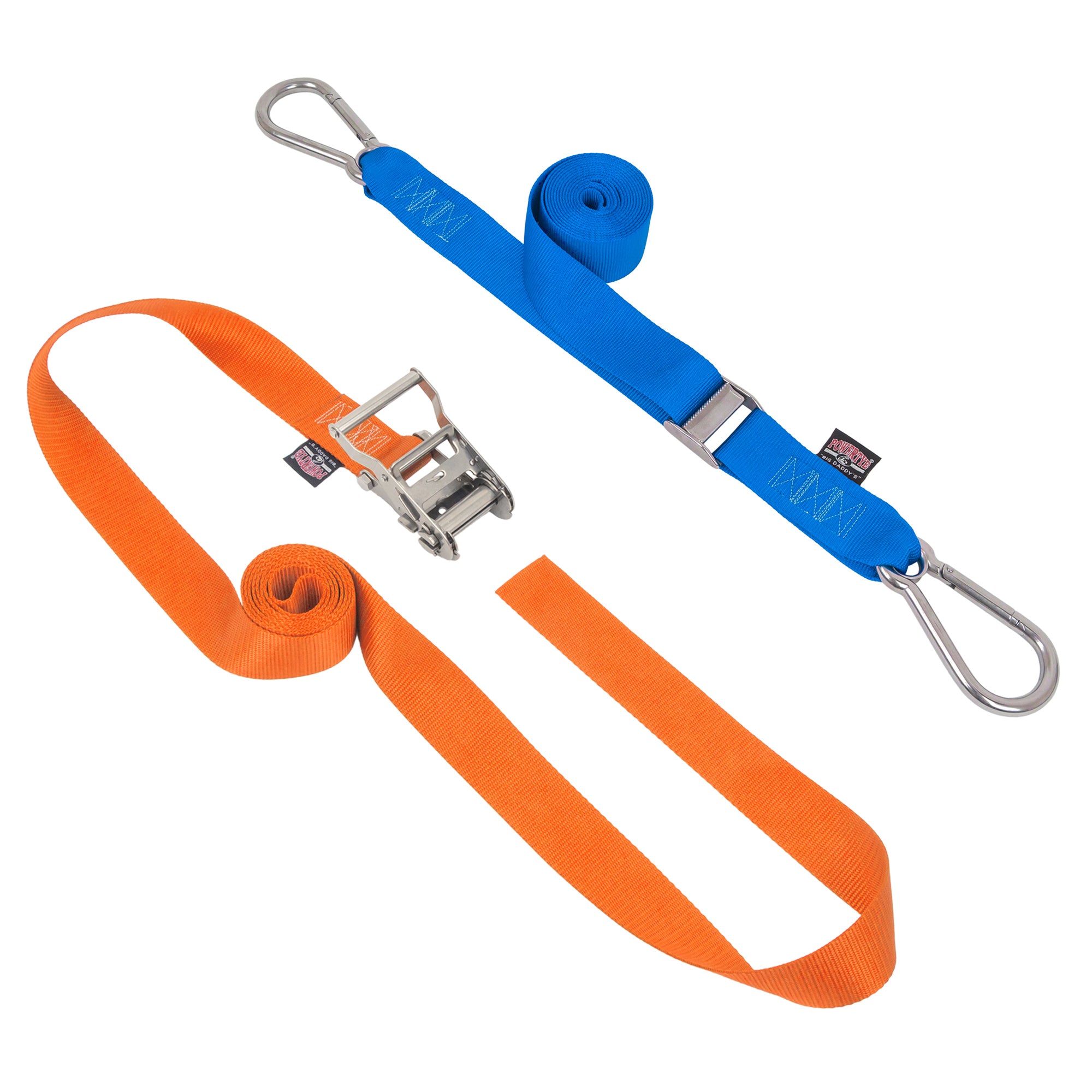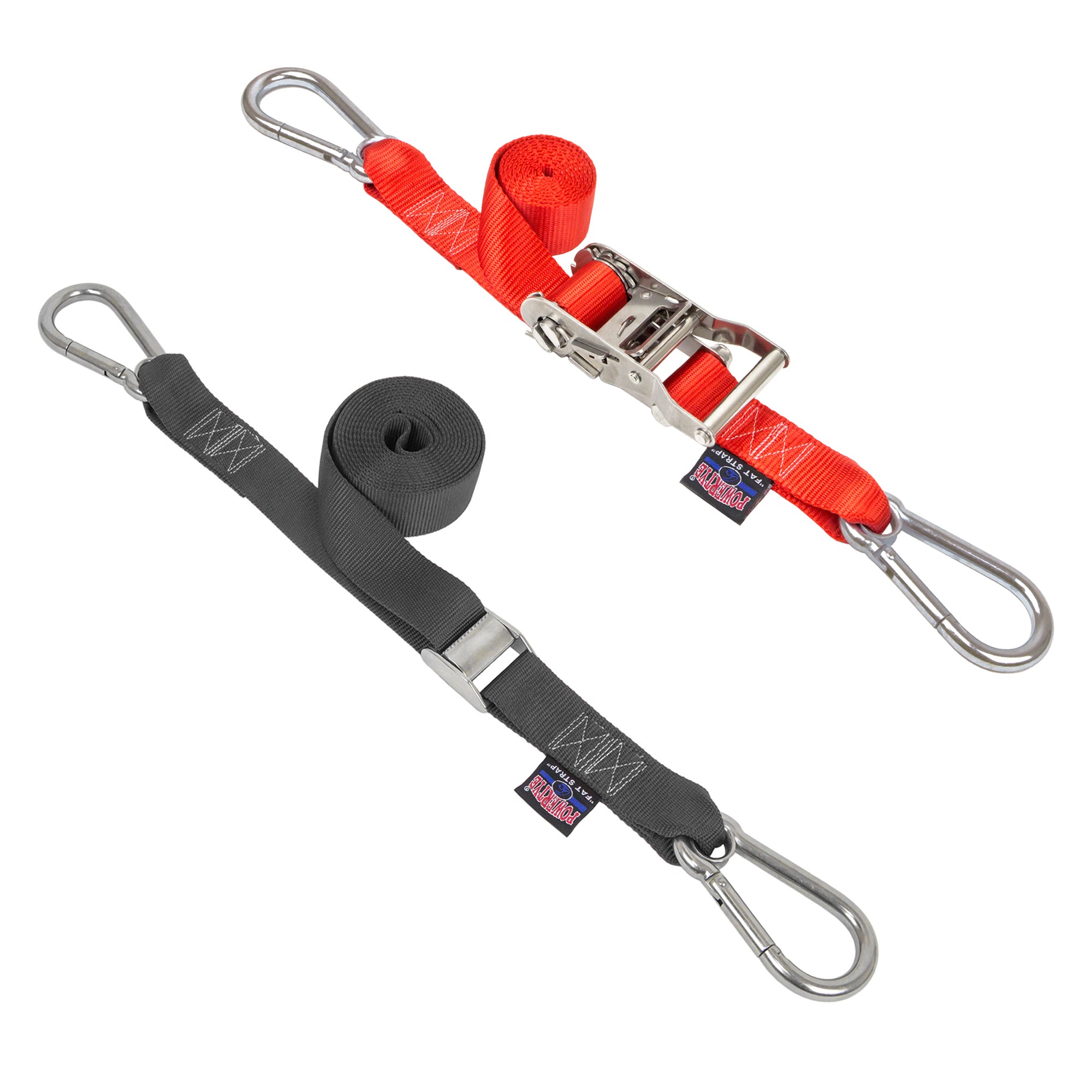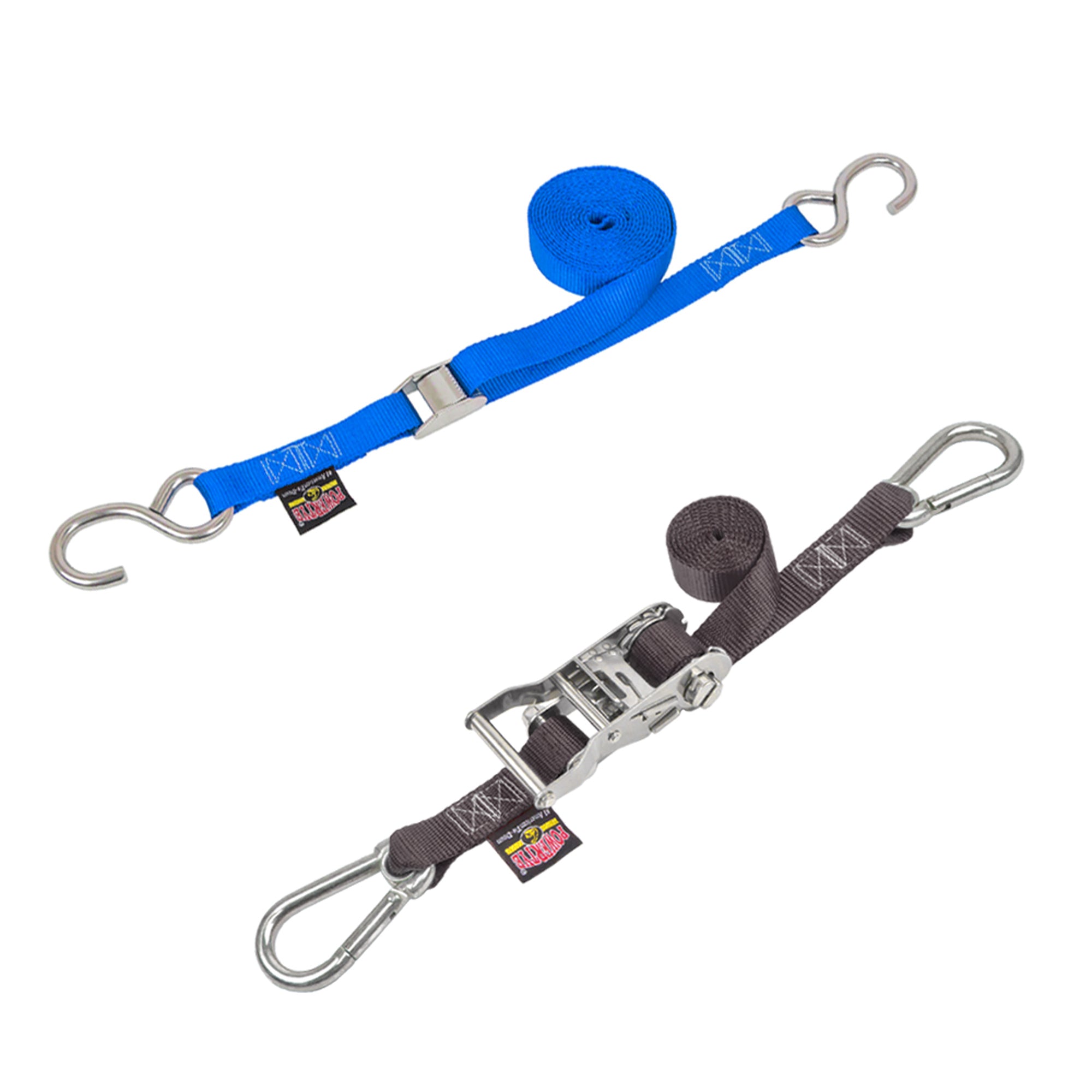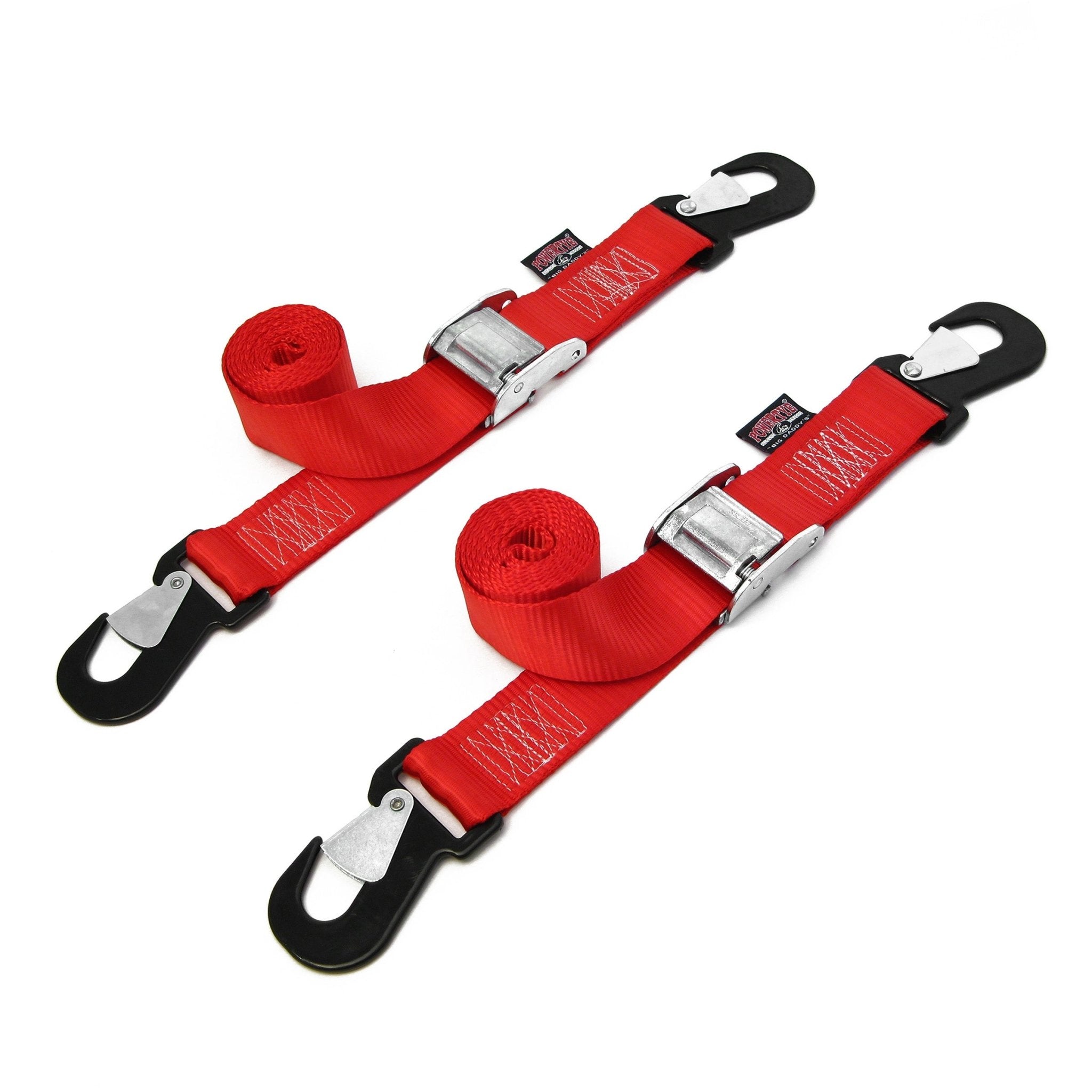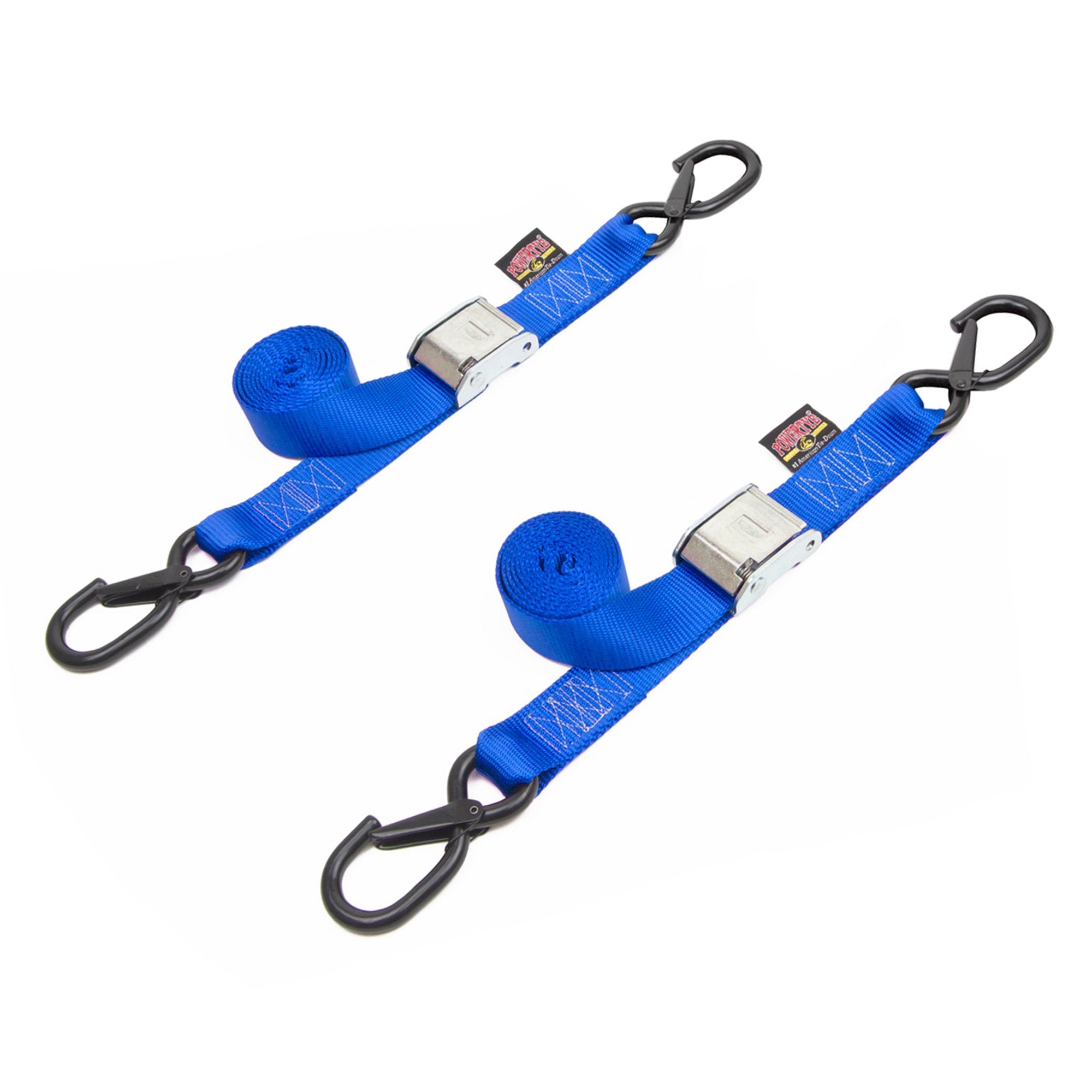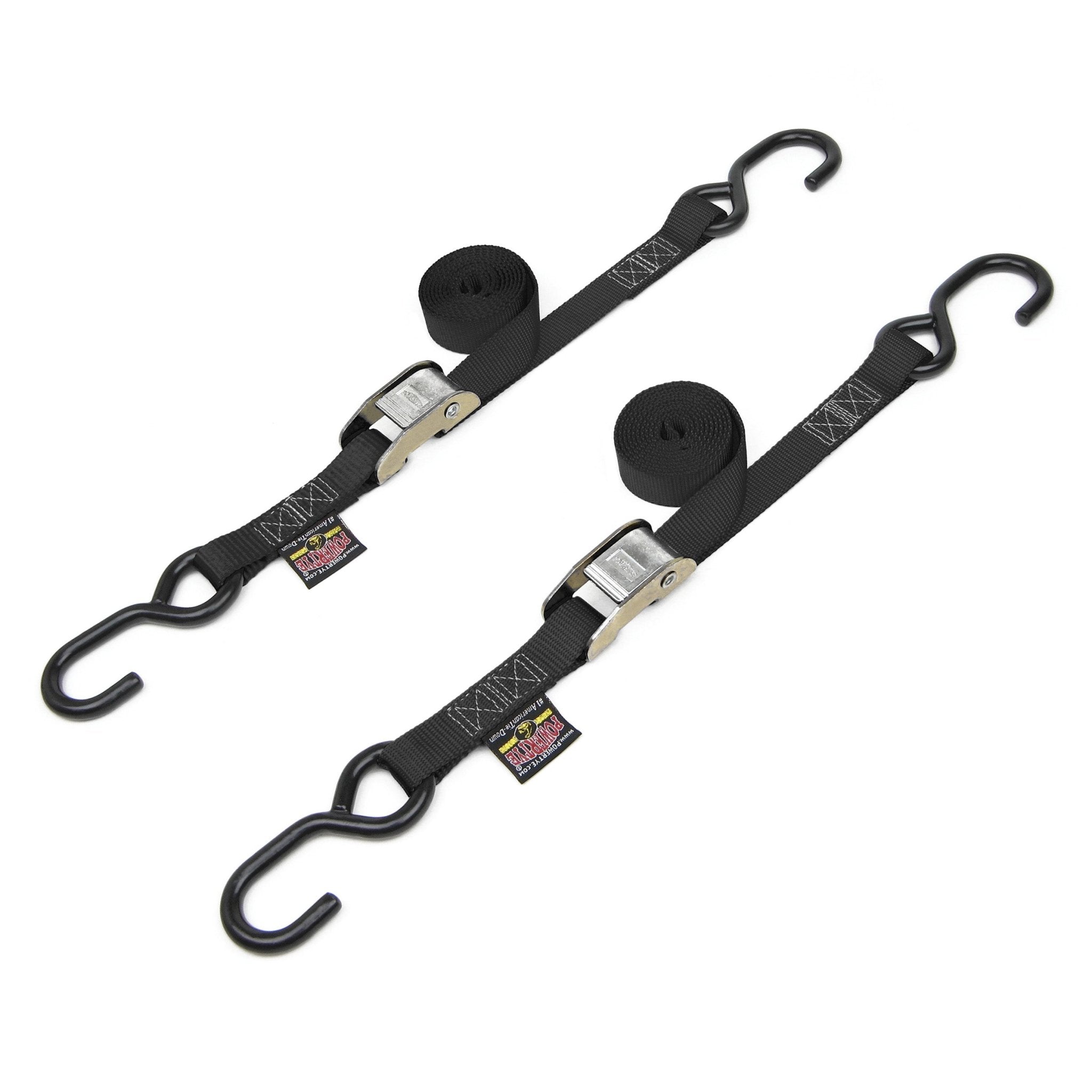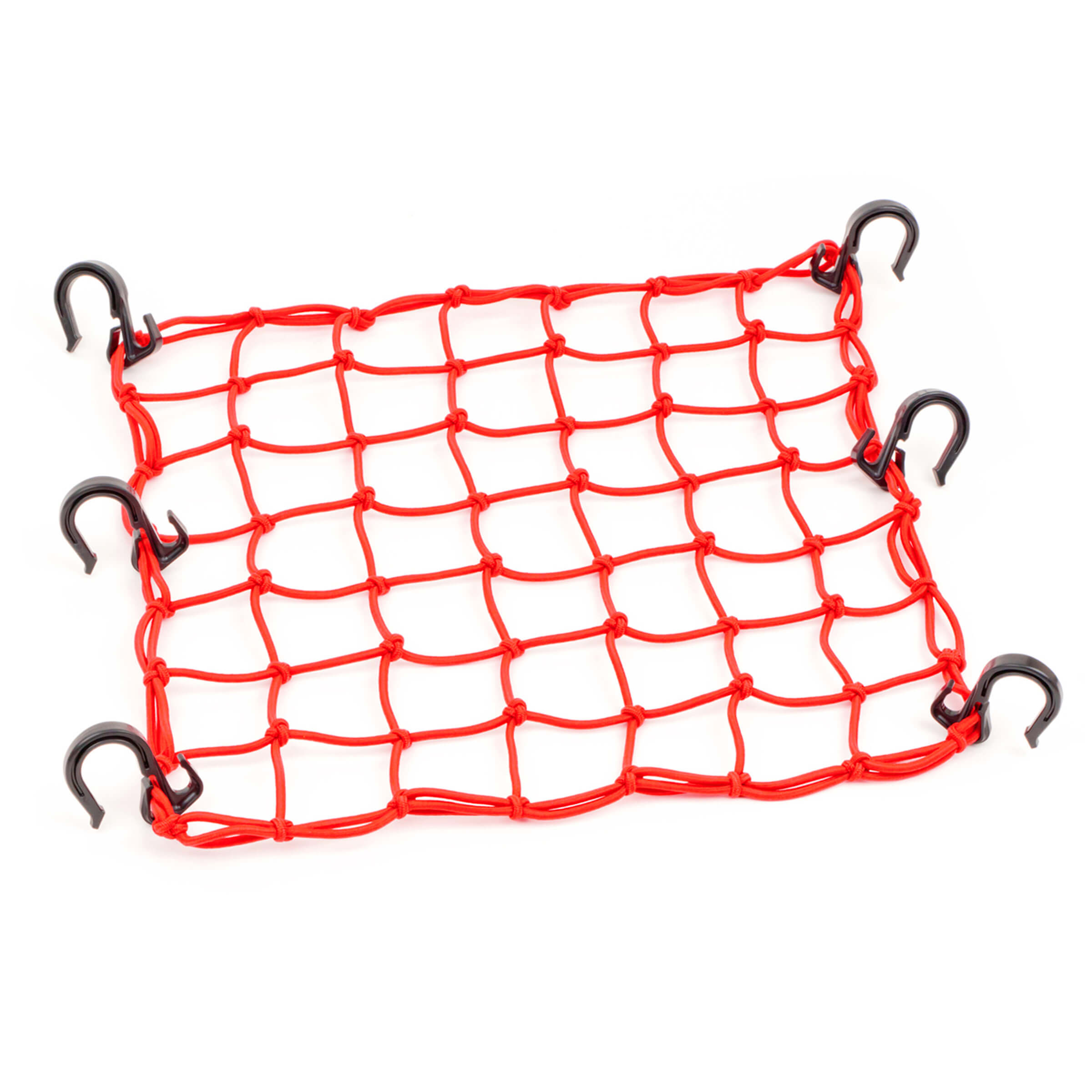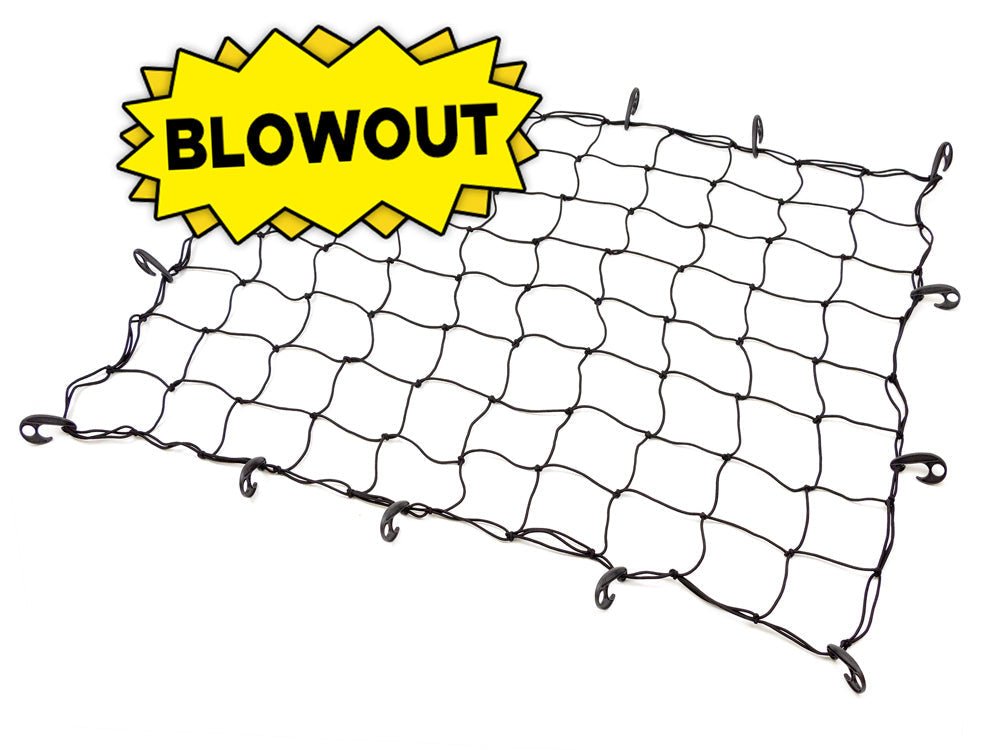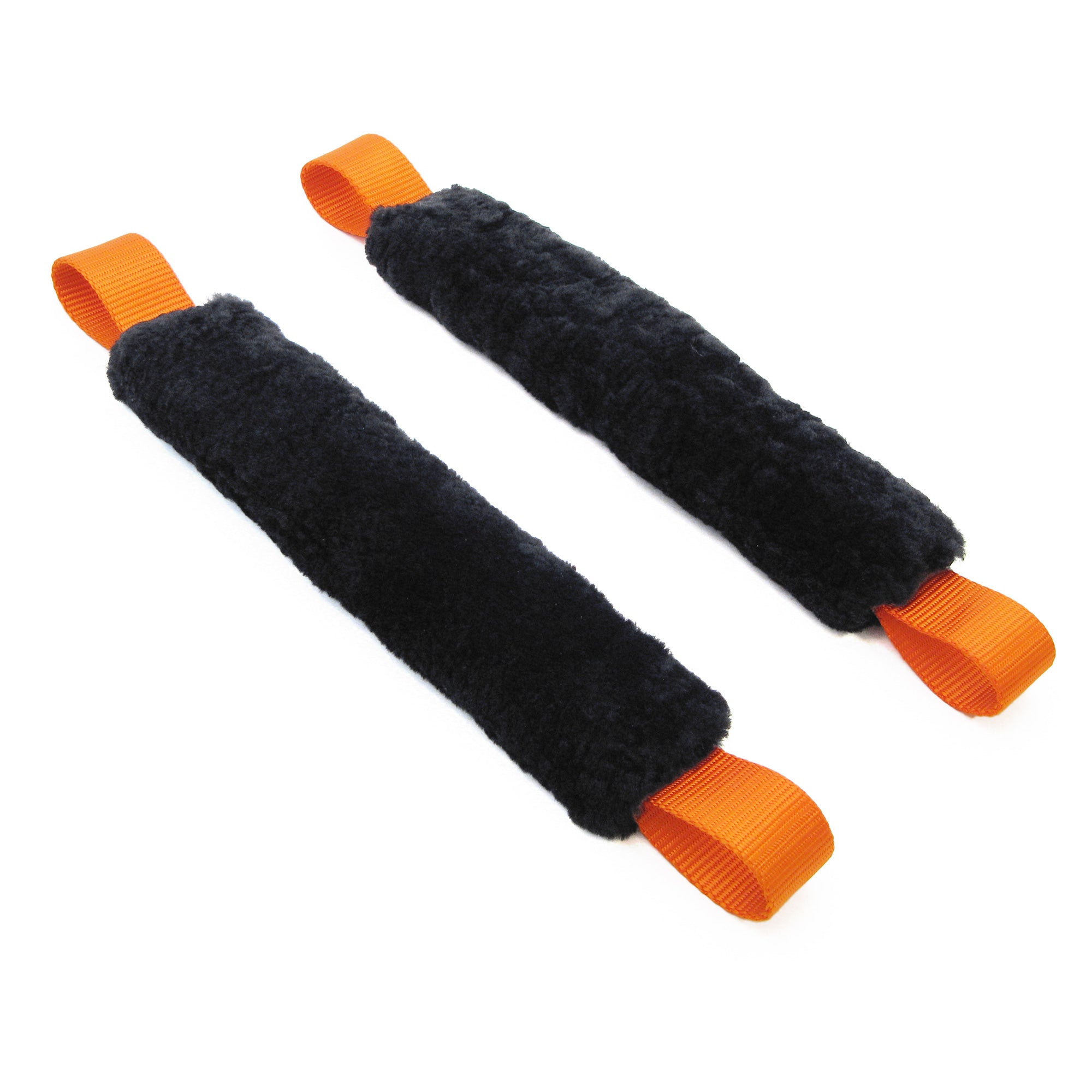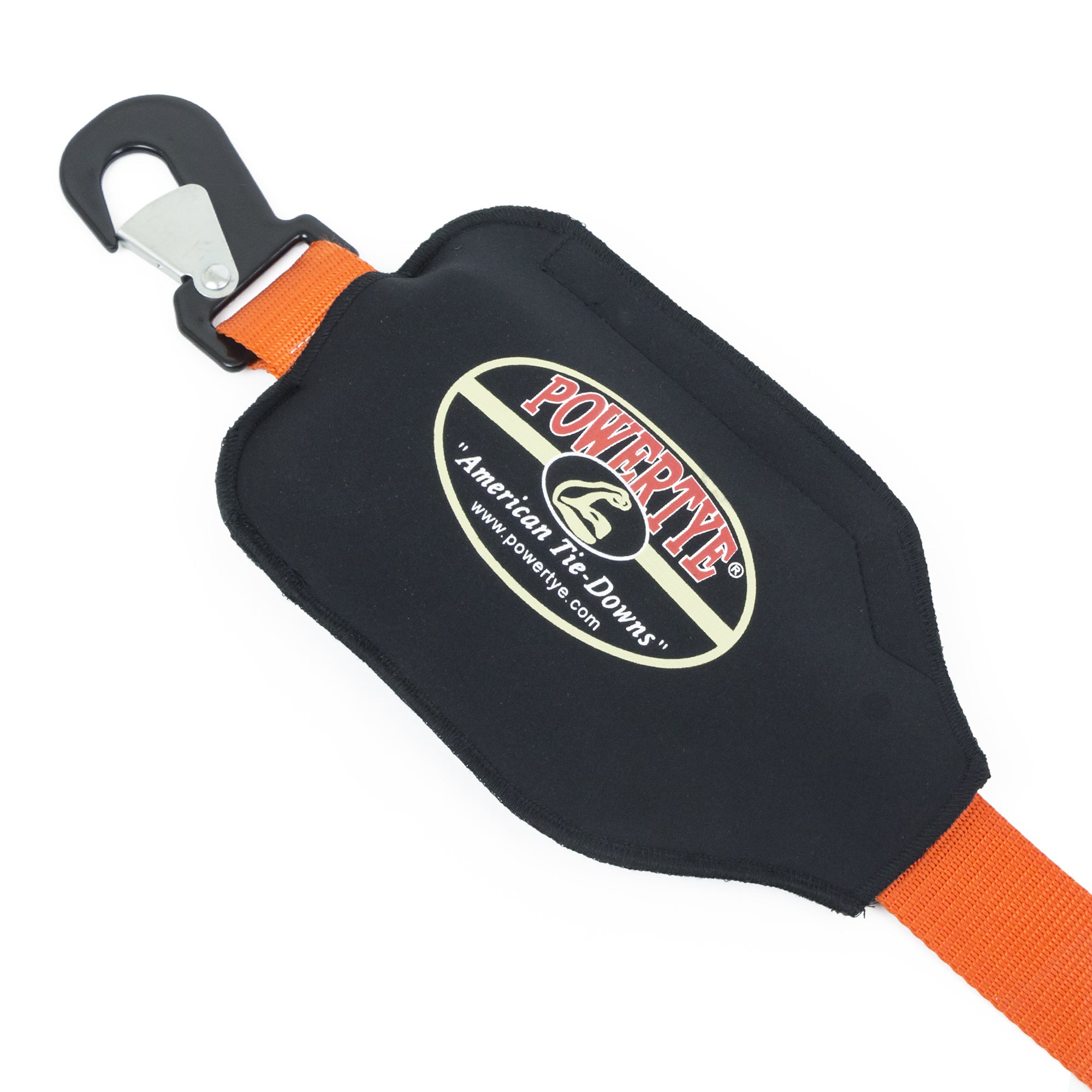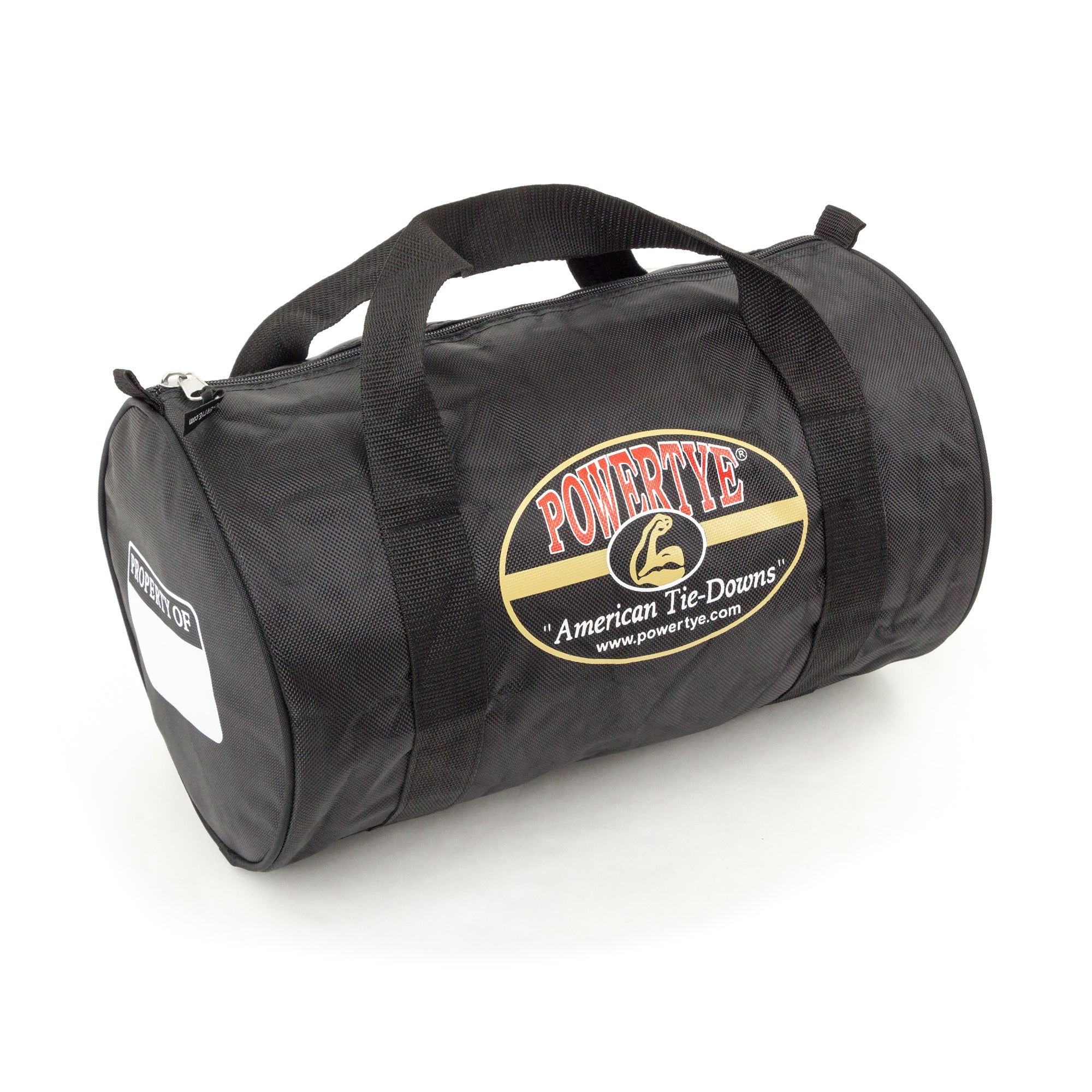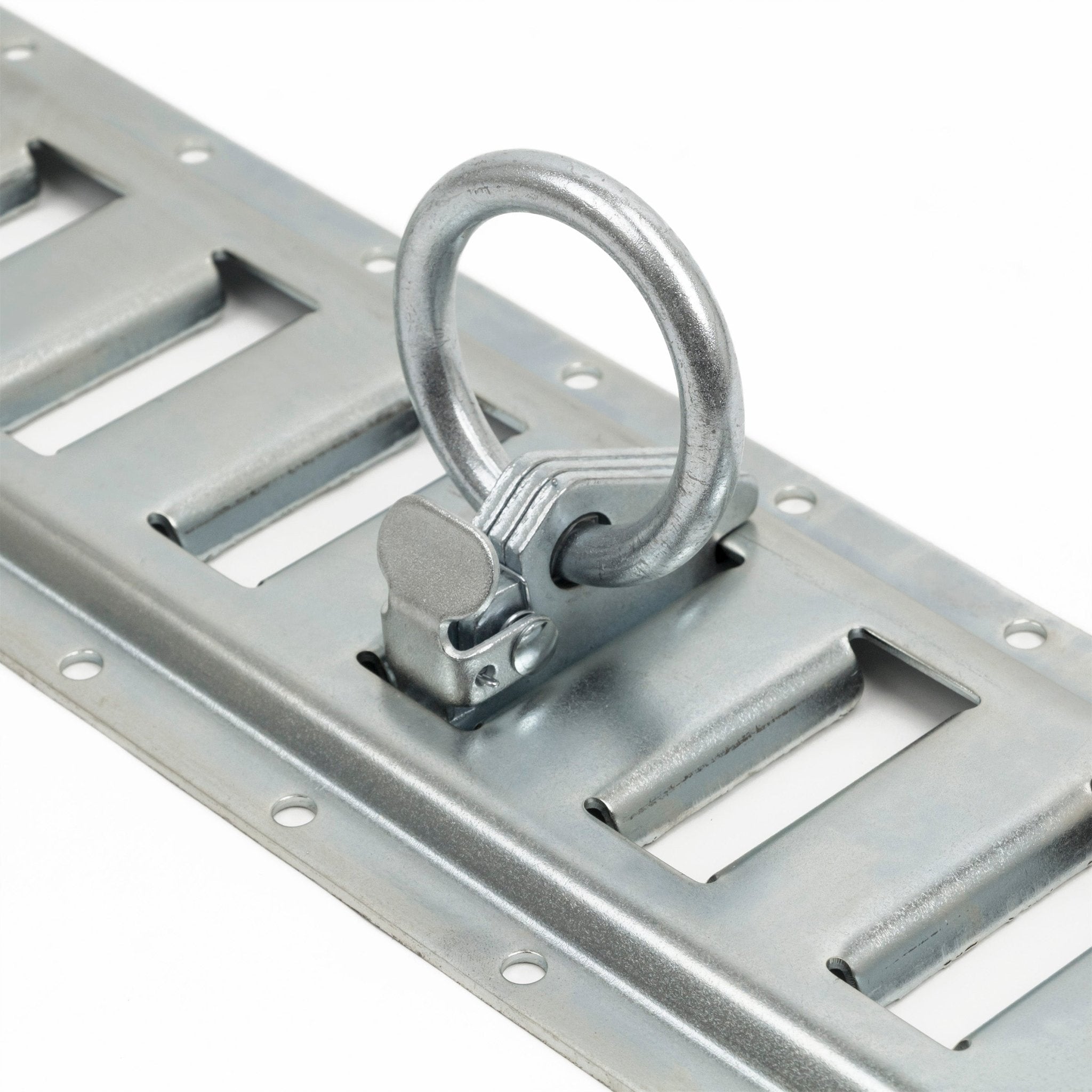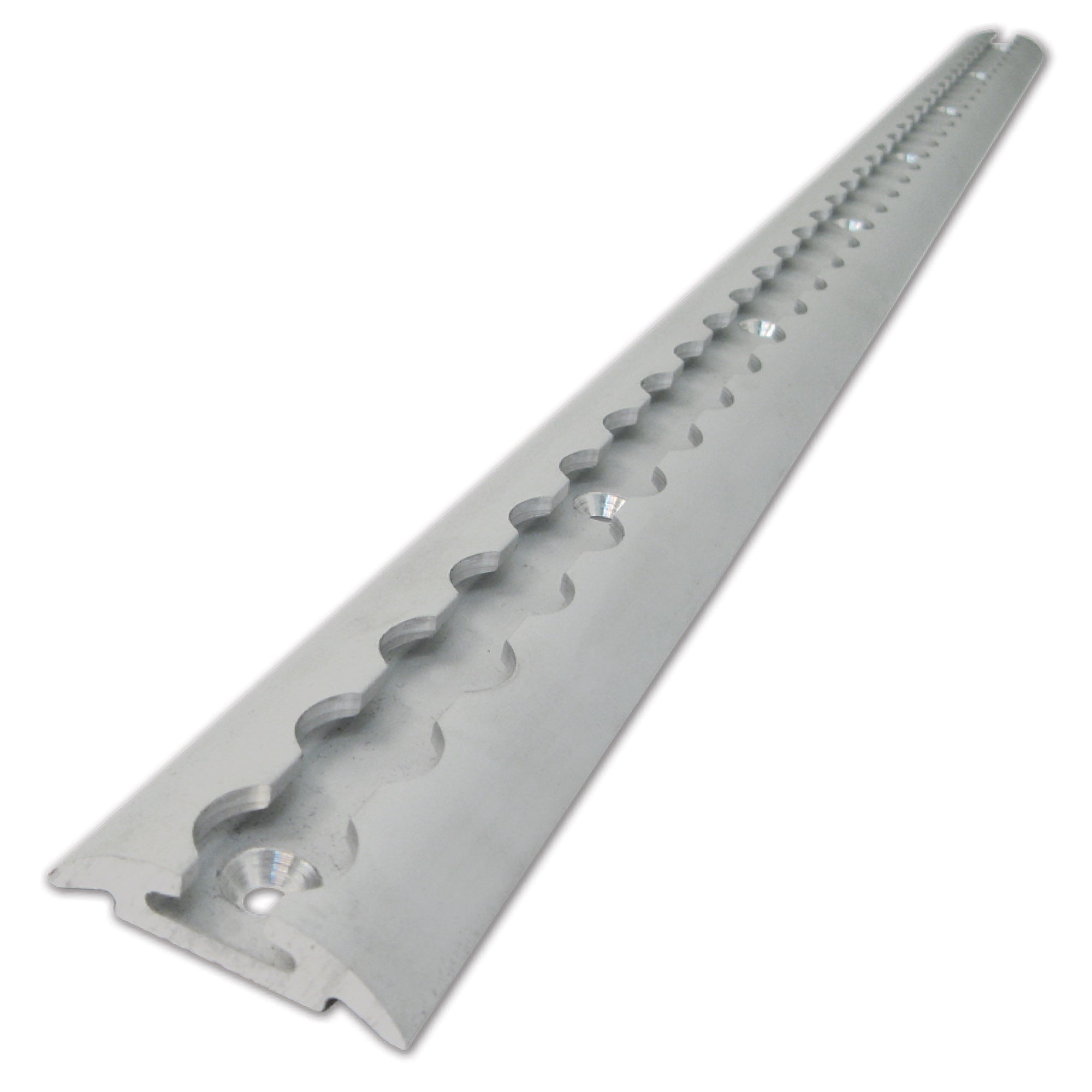How a Cargo Net Can Save You Time on Every Job
If Time Is Money, a Cargo Net Is Your Best Investment
Every second spent loading and re-securing your gear is time you could be spending on the job. Whether you're hauling tools to a worksite, cleaning up after a project, or just moving gear from A to B, there’s one tool that simplifies the entire process — the cargo net.
In this blog, we’re looking at how cargo nets help you save time, reduce stress, and get the job done faster. You’ll learn why this one piece of equipment is more efficient than traditional tie-down methods, what kind of work benefits the most, and how to use a cargo net for maximum speed and security.

Why Hauling Takes More Time Than It Should
Loading a truck or trailer sounds easy in theory. But in practice, it’s one of the most unpredictable parts of your workday. The gear is always shaped differently. Weather might not cooperate. Things roll, bounce, shift, or fly out unexpectedly.
Traditional solutions — like bungee cords, ropes, or individual ratchet straps — can make the process even slower:
- They need to be adjusted one at a time
- They only cover a single direction or anchor point
- They don’t always secure odd-shaped or soft items
- They tangle, twist, and wear out quickly
- You often need more than you thought, which means redoing the setup
The result? You spend 10 to 15 minutes trying to “tie everything down,” only to have your load shift or loosen on the road.
A good cargo net solves all of that in one motion.
The Time-Saving Power of a Cargo Net
Here’s how cargo nets speed up your workflow — and keep it simple.
1. Fast, One-Step Coverage
Instead of dealing with multiple straps or cords, a cargo net spreads out and covers your entire load at once. In less than a minute, you can:
- Drape the net
- Hook down the corners
- Adjust for tension
You’re done. That’s it.
This saves you valuable minutes on every load, especially when hauling loose or irregular gear.
2. Works with All Kinds of Loads
Cargo nets adapt instantly to whatever you’re hauling that day. You don’t need to change your setup based on:
- Shape
- Size
- Number of items
- Fragility
- Bulkiness
It stretches over toolboxes, blankets, yard waste, boxes, bags, bins, and more. This makes it ideal for contractors, movers, or tradespeople whose load changes daily.
3. Reduces Load Shifting and Re-Tightening
Unlike bungee cords that loosen as you drive or straps that only pull in one direction, cargo nets distribute pressure across the whole load. That means:
- Less bouncing
- Less sliding
- Fewer mid-trip stops to re-secure gear
When your gear stays put, you stay on schedule.
4. No Tangled Straps or Knots
Cargo nets store clean and deploy fast. There are no winding crank handles, no tangled webs of ratchet strap tail, and no knots to untie in the rain.
Pull it out, spread it over, and hook it down. That’s it.
When you’re working in heat, cold, or with gloves on, that ease of use matters.
Real-World Jobs Where Cargo Nets Save Time
Here are some trades and tasks where cargo nets make a noticeable difference in daily efficiency:
Landscaping and Lawn Care
- Secure loose yard debris, tools, mulch bags, or blowers in seconds
- Wrap over tarps without struggling to find anchor points
- Quick unload at jobsite without having to unstrap individual tools
General Contracting
- Hold odd-shaped gear like ladders, buckets, plywood scraps, and hoses
- Keep trash loads contained on dump runs
- Secure ladders or scaffolding extensions fast without multiple tie-downs
Moving and Delivery
- Quickly lock down boxes, totes, and furniture pads
- Prevent load shifting in trailer corners
- Securely hold lightweight items on top of larger items for quick stacking
Clean-Up and Junk Removal
- Stretch over trash loads, construction debris, or household junk
- One net keeps everything contained — no extra tarps or ropes needed
- Load, cover, and go in under five minutes
On-the-Fly Errands
- Use in the back of a truck for grocery runs, equipment pickups, or tool runs
- Keep soft items like jackets, tarps, or moving blankets from blowing away
- Temporary securement when you forgot your full tie-down kit
Elastic vs. Non-Elastic Cargo Nets: Which Is Faster?
Both types save time, but knowing when to use each style can speed things up even more.
Elastic (Stretch) Cargo Nets
- Best for soft or compressible items
- Great for general use and variable-size loads
- Fast to deploy and easy to store
- Ideal for contractors, landscapers, and everyday haulers
Webbing (Non-Stretch) Cargo Nets
- Best for structured or heavy loads
- Provide firm tension and don’t bounce
- May take a few extra seconds to adjust, but give stronger hold
- Ideal for trailers, roof racks, and high-speed travel
Tips to Maximize Your Cargo Net Efficiency
Want to make your workflow even faster? Follow these pro tips.
1. Choose the Right Size
Measure your truck bed, trailer, or cargo area. Then choose a net that’s slightly smaller (if stretch) or matched in size (if webbing). This ensures tension and eliminates wasted slack.
2. Anchor Smart
Use dedicated tie-down points or frame rails. Avoid flimsy trim or bumpers. Strong anchors make for a secure load and faster setup.
3. Mark Your Net
If you use your net often, mark the top side with a small piece of colored tape or thread. This saves time on orientation during setup.
4. Store It Clean and Coiled
After use, coil your net neatly and store it in a dry spot like your toolbox or behind your seat. A clean, untangled net is faster to use.
5. Check Tension With a Shake
Once set up, give the load a shake. If nothing shifts and the net stays tight, you're good to go. This quick test avoids mid-trip surprises.
Cargo Net vs. Tie-Down Straps: Which Saves More Time?
Here’s a side-by-side time comparison for a common truck bed load.
|
Task |
Cargo Net |
Tie-Down Straps |
|
Setup Time |
1 to 2 minutes |
5 to 10 minutes |
|
Number of Pieces |
1 |
3 to 5 or more |
|
Tension Points |
Dozens (grid pattern) |
3 to 4 directions only |
|
Adjustment |
Instant |
Manual crank or rethread |
|
Load Flexibility |
High |
Medium to low |
|
Cleanup Time |
1 minute |
3 to 5 minutes |
When you factor in daily repetition, the time savings add up. If you load up four or five times a week, you’re saving hours every month just by using a cargo net.
What to Look for in a Time-Saving Cargo Net
Not all nets are built equally. To maximize efficiency, choose one with:
-
Strong, coated hooks — prevents scratches and holds tight
-
Tight grid pattern — better coverage for smaller items
-
Heavy-duty elastic or reinforced webbing — long life and tension hold
-
Reinforced edges — prevents tearing or sagging
- Compact storage — easy to coil and stash when not in use
A good net should feel strong, stretch cleanly, and hook in place without a fight.
When a Cargo Net Might Not Be Enough
There are a few cases where you may still need to combine your cargo net with other gear:
-
Tall or stacked loads — pair with ratchet straps for vertical security
-
Fragile or high-value items — use padding, tarps, or boxes underneath
-
Loose gravel or sand — use a tarp underneath to contain spillable materials
- Highway speeds with loose bags — combine with tie-down straps for redundancy
That said, for 90 percent of daily hauling, your cargo net does the job — and does it fast.
Final Thoughts

If you value speed, flexibility, and reliability in your work, a cargo net belongs in your hauling toolkit. It cuts setup time, reduces the need for multiple straps, and adapts instantly to changing loads. Whether you’re a contractor, mover, landscaper, or weekend hauler, this one tool can simplify every trip.
With the right cargo net, your gear stays where it belongs — and you get the job done quicker.



